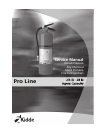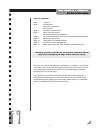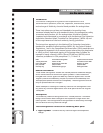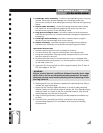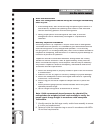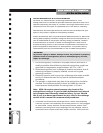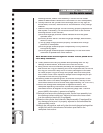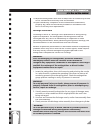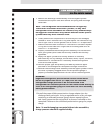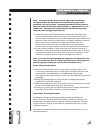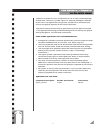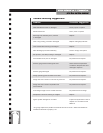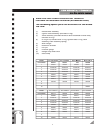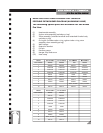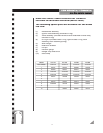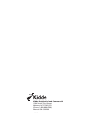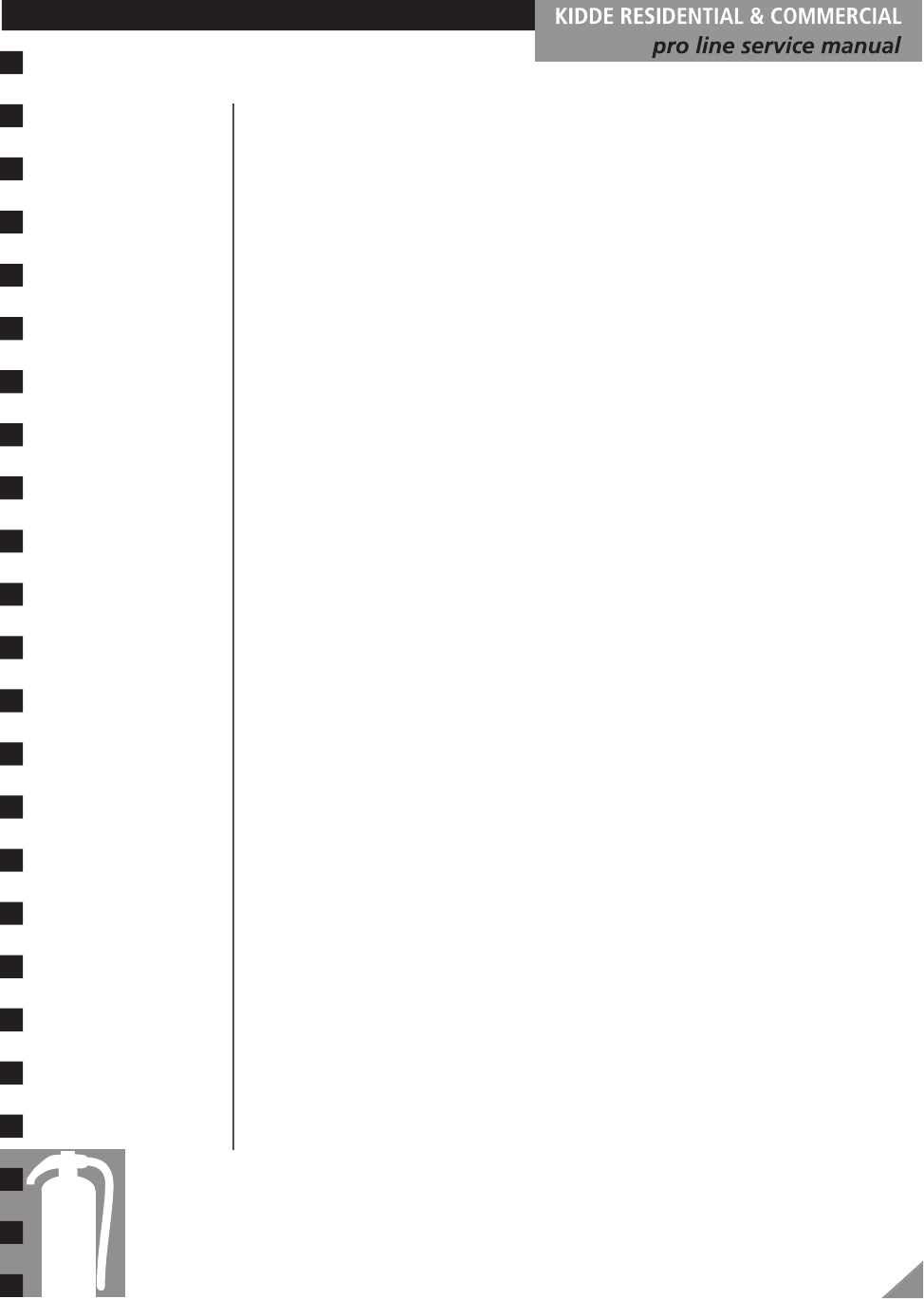
5
After Use Instructions
Note: Fire extinguishers should always be recharged immediately
after any use
.
1. Invert extinguisher, then while securing and pointing the nozzle in a
safe direction, squeeze the operating lever valve to clear hose and
vent all remaining pressure from the extinguisher.
2. Notify proper person that extinguisher was used, so that the
extinguisher can be immediately recharged or a replacement
obtained.
Monthly Inspection Procedures
According to NFPA-10, inspection is a quick check that an extinguisher
is available and will operate. It is intended to give reasonable assurance
that the extinguisher is fully charged and operable. This is done by
verifying that it is in its designated place, that it has not been actuated or
subjected to tampering, and that there is no obvious physical damage or
condition to prevent its operation.
Inspections should be conducted whenever extinguishers are initially
placed into service and there- after at approximately 30 day intervals.
When circumstances require, more frequent intervals may be necessary.
Any time an inspection reveals a discrepancy, maintenance and service
procedures should be performed.
1. Ensure the extinguisher is properly located in plain view and its access
is unobstructed.
2. Examine unit for any signs of corrosion, leakage or physical damage.
3. Ensure the nameplate is secure and legible and that the “operating
instructions” face outward.
4. Ensure ring pin and visual inspection tamper seal are in place and
intact.
5. Ensure pressure gauge pointer needle indicates within the green
operable pressure range.
6. Heft or weigh extinguisher to determine its fullness.
Note: Kidde recommends stored pressure dry chemical fire
extinguishers be weighed at least semi-annually to verify the
proper agent charge weight in accordance with nameplate
instructions.
7. Visually examine the discharge nozzle, and/or hose assembly to ensure
it is clear and unobstructed.
8. Date and initial the inspection tag or record in accordance with NFPA-
10 and local requirements.



